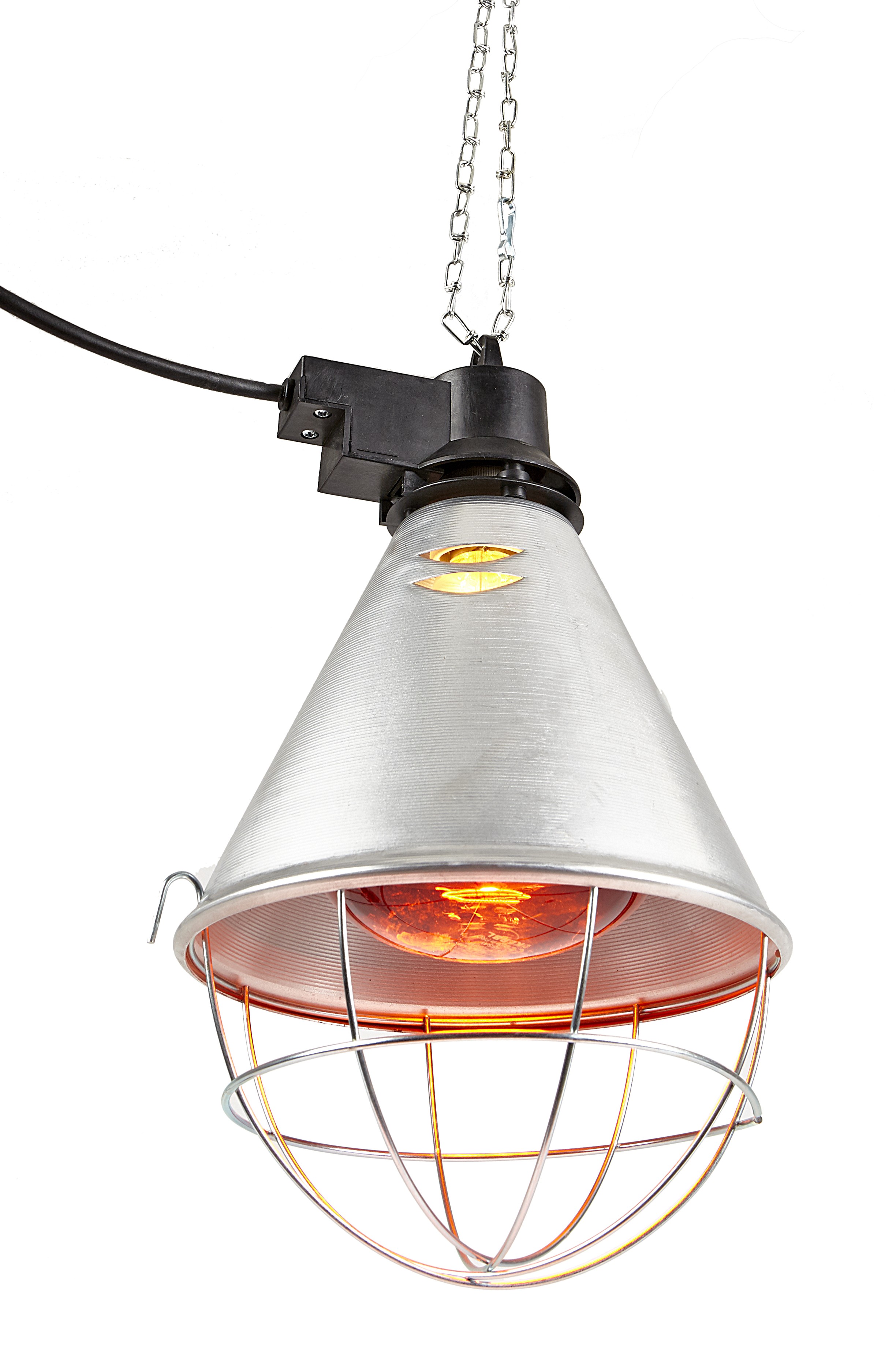

time:2021-09-01 Views:65
Most of the LED lamp beads are built-in lenses, and a few do not have lenses.
The lens is divided into concave lens, flat lens, convex lens, and the material of general lens is composed of potting glue. A small amount of high power shapes will be added. Lenses, lens materials are generally divided into three types: epoxy resin, silica gel, and PC.
The function of the lens is to help the LED chip spread or gather the emitted light more evenly.
60 degrees and 90 degrees refer to LED lights. Diffusion angle, we usually say that 60 degrees is a full angle, and the angle marked in the lamp bead specification is generally a half angle, that is, the actual divergence angle of 60 degrees is 60*2, which is 120 degrees, and the divergence angle of 90 degrees is 180 degrees.

The difference between 60 degrees and 90 degrees is that the light at 60 degrees is more concentrated. The front light intensity is higher, and the brightness is higher when viewed with the naked eye. The 90-degree diffuser is wider than 60 degrees, the viewing angle of the plane is larger, and the light is brighter. To put it a bit softer, relatively speaking, the light intensity at a 90 degree angle made by the same chip is lower than a 60 degree angle, and the naked eye feels that the brightness is lower, but the actual total luminous flux of the two is the same, that is, the luminous flux is the same, and the angle is small. The light intensity is higher. The light intensity angle is low.
In practical applications, taking the display screen as an example, the display screen used on highways needs a small angle, so that the front light intensity is high and the visible distance is long, while indoor use requires a large viewing angle, wide front light intensity, and more. The gentle difference. This is the difference.